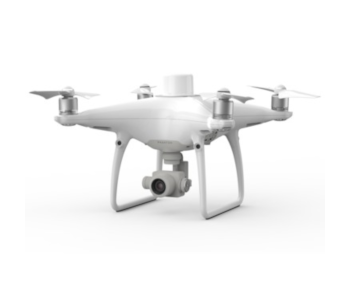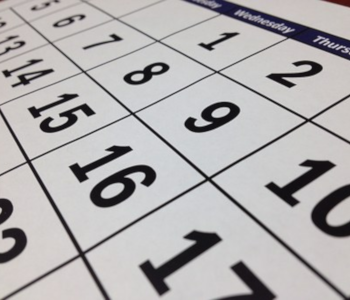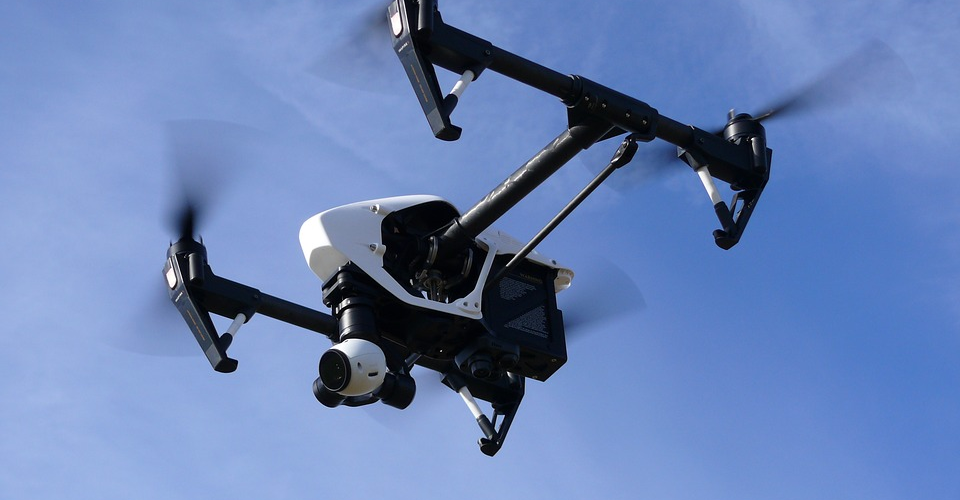What Should Be in Your Drone Flight Logs?
For many businesses and professionals, documentation is simply a way of life. Whether it’s accounting of sales and expenses, recording the details of daily operations, or keeping tabs of inventory levels, documenting what we do is an effective way of keeping track of our performance. It’s also a great accountability tool, plus it can tell us if we need to improve either as a business or as individuals.
Documentation serves the same purpose for commercial drone pilots. More than a requirement of the FAA, keeping logs of our drone flights provides concrete evidence of our level of experience. It can also be instrumental for troubleshooting if something goes wrong with our drones or if we run into an accident. What should you write down on your drone flight log to make sure that you have all these bases covered?
What is a drone flight log?

Even if it were not required, keeping drone flight logs is considered best practice and is highly encouraged by virtually all drone flight communities. A drone flight log is basically a record – written or electronic – of the details of every drone flight mission you have made. While it does add a bit of work to what you need to do regularly as a drone pilot, a drone flight log can be very valuable for several reasons.
For recreational drone pilots, a drone flight log can act as an aid to maintenance. You might have told yourself that you’ll replace your drone’s motors after a few hundred hours of flight. By having a drone flight log, you have a written record of when exactly you’ve hit that threshold. Should you get into a drone-related accident, your flight logs might be put under scrutiny – for better or worse.
Drone flight logs are even more valuable for commercial drone pilots. If you’re applying for a Part 107 waiver, the FAA will require you to present evidence of how many hours of drone flight you have logged, or if you have experience flying a drone under challenging circumstances. Drone pilots licensed under older standards, such as the Section 333 exemption, are strictly required to keep a drone flight log.
A detailed drone flight log can also help if you’re running a drone-based service business. When you apply for drone or liability insurance, having a drone flight log that shows how experienced you are can help you convince the insurance provider to give you a lower premium. Having documented experience is also a great marketing tool – how else are you going to convince potential customers that you have accumulated hundreds of hours of drone flight?
What should you record in your drone flight logs?
Keeping drone flight logs feels like remembering to fix your bed in the morning: difficult and inconvenient at first, but it becomes second nature as you go along. Also like fixing your bed, it requires discipline. At a minimum, you should be noting down the following details in your drone flight log:
1. Date and time of each flight and total hours

Let’s start with the most basic. You need to write down the date of your drone flight mission for traceability and bookend each flight with start and end times. This will also allow you to jot down the hours you’ve spent flying on that particular mission. Having lots of flight hours logged is enough to open lots of doors for commercial drone pilots, so make sure you’ve got this basic detail down.
2. Location
The location of your mission is just as important as the time and date. Location is a sensitive matter in drone flight because of the existence of no-fly zones all around the country: near airports, in military facilities, and near major sports event, among others. Keeping a record of your flight location provides evidence that you steered clear of any restricted areas.
3. Maintenance and inspection notes
Before you take off, the FAA recommends that you tick off a pre-flight inspection checklist. This includes details such as the state of your controllers, the drone battery level, your controller battery level, calibration results, or the results of any quick functional tests. Taking note of when you replaced parts can also help you keep track of when they are due to be replaced again. By keeping a record that you always keep your drone in great condition, you can show potential customers that you are a reliable pro.
4. Environmental conditions
At a minimum, you should be taking note of weather conditions, in particular if it’s windy or not. Other weather indications, such as the presence of clouds or the visibility status, must also be indicated. If there are potential obstacles or a water hazard nearby, it’s best to note them down as well. These might be critical details if you run into weather-related difficulties during your mission.
5. Mission details
Lastly, you need to define the purpose of your mission. Are you flying just for fun, or are you doing a paid photoshoot? If so, who or what are your subjects? Keep in mind that the intention of the flight needs to be defined even before the drone takes off. There are different rules for commercial flight and recreational flight – make sure that you comply with either one.
It is also a good idea to indicate the type of drone you are using some fancy payload. This type of record can be useful if a paid gig comes up that will require an enterprise-grade drone like the DJI Inspire 2 or the Yuneec Typhoon H Pro.
Written or digital?
If you’re strictly old school, then you can keep a drone flight log using a simple logbook. However, if that sounds way too old-fashioned for you, then there are mobile apps that you can use. Each method has its benefits and disadvantages.
1. Written system

Keeping written records is easy. It doesn’t require a device, nor does it require you to learn how to use a specific software. Written records are more or less permanent, so there would be little doubt to its fidelity. They are also much easier to show to the FAA or potential customers if needed. Handing over your device to other people so that you can show your flight logs doesn’t sound like such a good idea.
However, a written logbook literally has no backup. If it gets lost or is otherwise damaged, then you’ve lost all your flight records. You might also end up with a poorly maintained logbook, which isn’t exactly something a professional would want to show off to clients. For some people, the mere act of carrying around an actual logbook is already enough of a turn-off to make the switch to electronic methods.
2. Digital system
If physically writing down things isn’t quite your thing, then the good news is that there are dozens of ways for you to record your flight logs digitally. Some flight apps, such as DJI GO, even record enough flight details automatically to be considered as flight logs. Digital flight logging has the unique advantage of being able to record a much richer set of data. After all, there is no way that you can accurately record flight paths or a graph of the battery status on a physical notebook. This data can then be imported to your laptop or PC for more detailed analysis.
One of the best advantages of logging your flights digitally is that the data can be backed up on a cloud server. This means that your data will always be kept in a safe place, even if your device gets damaged. Of course, as with any cloud-based technology, data privacy and security are valid concerns. Before committing to a digital flight logging platform, it will be prudent to do your research and to ensure that you can vouch for the company you’re entrusting your data to.
We’re supporters of embracing technology, so we are admittedly partial to recording flight details on some sort of mobile app. However, there’s nothing wrong with doing things the old-fashioned way. We suggest picking the method you’re more comfortable with. More than how you record your flight logs, what’s more important is that you do it consistently. As with any documentation system, consistency is the key.
Final thoughts
Nowadays, drone flight has become so common and popular that the FAA and businesses have started to treat drone pilots seriously. With this burden of responsibility, drone pilots must also hold themselves accountable. Keeping a record of flight logs is more than just a competitive advantage – it is considered a minimum practice for both recreational and commercial drone pilots.
If you feel like keeping a record of all your flights sounds too bothersome, then think of it this way: a year from now, it would be nice to look back at all those hours you spent flying your drone. Drone pilots also consider having hundreds of hours of cumulative drone flight as marks of pride, even if you’re flying just for fun.

